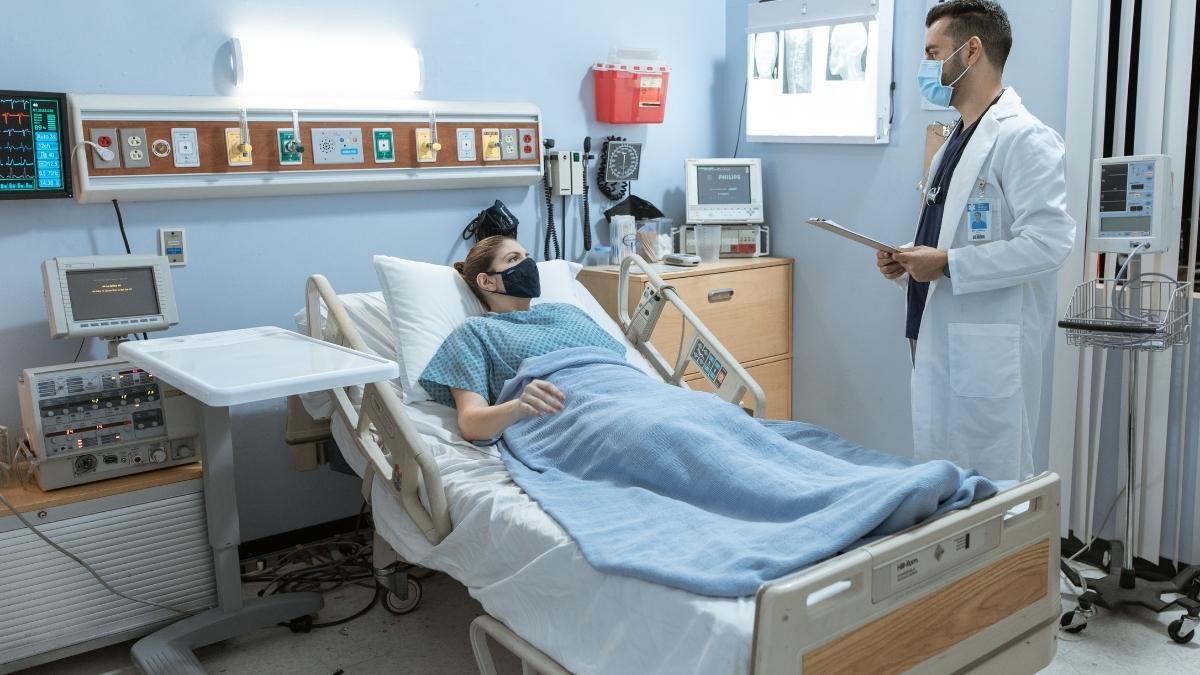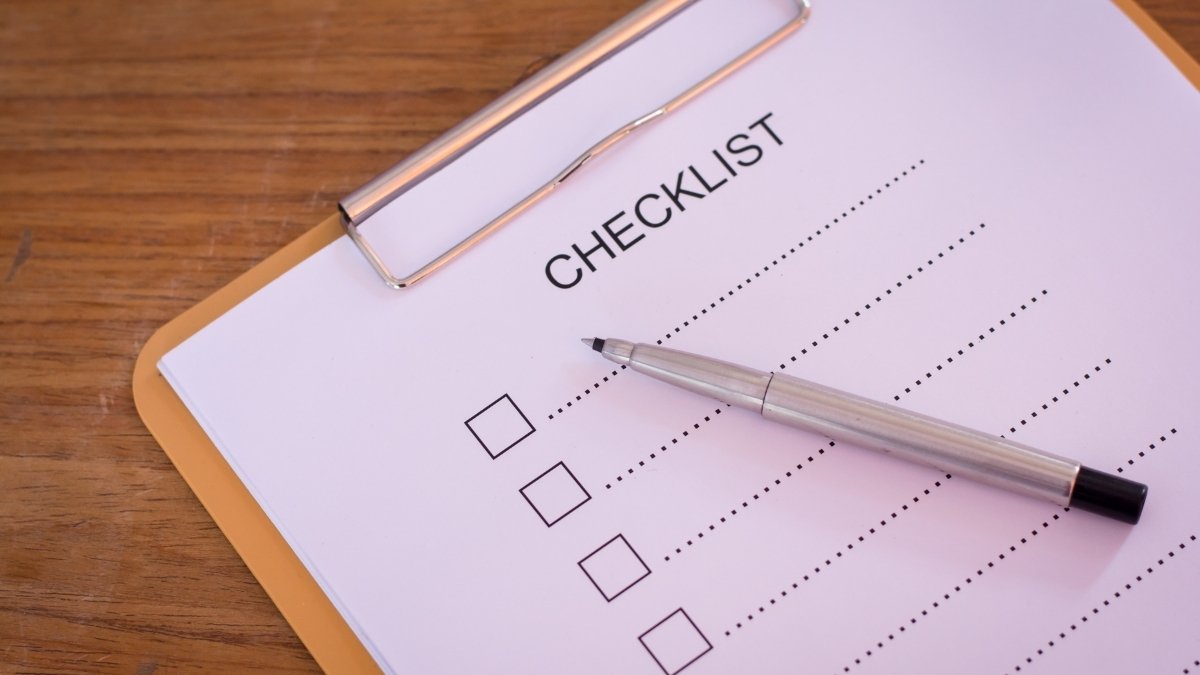The Ultimate Guide to Rebuilding Strength After a Hospital Stay: A Week-by-Week Recovery Plan

Three weeks in a hospital bed can cost you up to 30% of your muscle mass—but with the right plan, you can rebuild that strength safely and steadily. Many people are shocked by how weak they feel after discharge.
Even standing up or walking across the room can seem harder than expected. That fear of falling or doing “too much too soon” is real. And most hospital discharge papers don’t explain how to start regaining muscle after hospitalization step by step.
This guide gives you what’s missing: a clear, week-by-week plan for rebuilding strength after a hospital stay. You’ll learn safe post-hospital recovery exercises for every stage, when to rest, what warning signs to watch for, and how to eat to rebuild muscle faster.
By the end, you’ll have a simple, structured plan—and the confidence to take your recovery one strong step at a time.

Understanding Muscle Loss During Hospitalization
Here’s the hard truth: you can lose 1–3% of your muscle strength per day of bed rest. For adults over 60, that can mean up to 1 kilogram of muscle gone in just a week, according to the Journal of Cachexia, Sarcopenia and Muscle.

When you’re hospitalized, your body shifts into “energy conservation mode.” Protein breakdown speeds up, and muscle rebuilding slows down. Factors like inflammation, poor appetite, and medications such as corticosteroids or statins make things worse.
Feeling weak after discharge doesn’t mean you’re fragile—it means your muscles need retraining. A 65-year-old recovering from pneumonia might struggle to walk 100 meters, even if they could before.

The good news? Muscle memory helps you rebuild faster than when you first trained. Always start slow, follow your hospital discharge recovery plan, and get medical clearance before any exercise to safely begin regaining muscle after hospitalization.
Before You Begin: Essential Safety Checklist
Before you start post-hospital recovery exercises, take five minutes to get safe and set up for success. This checklist protects you from setbacks and helps you rebuild with confidence.

Get Medical Clearance First
Ask your doctor key questions: “What movements should I avoid?” “What’s a safe heart rate?” “When should I stop?” This helps you exercise within your limits, not past them.
Watch for Red Flags
Stop immediately if you feel chest pain, dizziness, new swelling, or shortness of breath. These signs mean your body needs medical attention—not more effort.
Know Your Starting Point
If walking to the kitchen feels tough, that’s your baseline. Recovery begins where you are, not where you used to be.
Set Up Simple Equipment
You only need a sturdy chair, a wall for balance, and resistance bands (under $15 online).
Set Realistic Goals
Expect steady, small progress. Each session should feel challenging, not exhausting.
Week 1–2: Foundation Phase — Movement Before Strength
In the first two weeks, the goal isn’t to get strong fast—it’s to restore safe movement and rebuild confidence. This is the starting point for rebuilding strength after a hospital stay. Think of it as teaching your body how to move again before asking it to lift or carry anything.
Start simple: move for 5–10 minutes, 2–3 times a day. Use a conversational pace—you should be able to talk while exercising (RPE 3–4 out of 10).

Try these post-hospital recovery exercises:
- Seated marches: Sit tall and lift each knee slowly for 10–15 reps.
- Ankle pumps: Flex and point your toes to improve circulation.
- Arm circles: Loosen shoulder joints, 10 each direction.
- Sit-to-stand: Use a firm chair with armrests; aim for 3–5 reps, 3 times daily.
If you can’t stand without arm support, that’s your baseline. By the end of Week 2, aim to stand unassisted or walk 50% farther than Day 1.
Avoid overdoing it—too much too soon leads to setbacks. Move gently, rest often, and focus on form. This is how real recovery begins.
Week 3–4: Endurance Building Phase
Now that your body has relearned how to move, it’s time to build stamina. This phase focuses on increasing repetitions, walking duration, and light resistance—the next key step in regaining muscle after hospitalization.
If Week 1 was about “Can I move?” Week 3 asks, “Can I sustain it?”

Start walking for 5 minutes twice a day in Week 3, then extend to 8 minutes by Week 4. Keep a conversational pace—steady but comfortable. Add gentle strength work:
- Wall push-ups: 10 reps, adding 2 every few days.
- Chair squats: Lower halfway, pause 2 seconds, and stand.
- Standing marches and heel raises: 10–15 reps each, twice daily.
Track your progress using a simple journal: note the date, exercise, reps, and how you felt. Rest at least one full day per week—recovery builds endurance too.
Week 5–6: Strength Rebuilding Phase
You’ve earned this progression. After weeks of gentle movement and endurance work, it’s time to start rebuilding strength after your hospital stay. This phase focuses on adding light resistance, improving muscle tone, and restoring confidence in movement.
Start with what feels doable—then build from there.
Use resistance bands, water bottles, or your body weight. Work each muscle group:

- Upper Body: Resistance band rows — attach a band to a doorknob at chest height. Pull your elbows back, squeeze your shoulder blades. Do 2 sets of 8–10 reps.
- Lower Body: Split squats — hold onto a chair for balance, lower halfway, and rise.
- Core: Modified planks — hold from knees for 10–15 seconds, repeat 3 times.
When you can perform 15 reps easily, increase resistance. Eat a small protein-rich snack like Greek yogurt or a banana with almond butter within 30–60 minutes after exercise to support recovery.
By the end of Week 6, you should feel pleasantly fatigued, not exhausted—a clear sign your strength and stamina are returning.
Week 7–8: Integration and Independence Phase
Welcome to your graduation phase. These final two weeks focus on building real-world strength and confidence so you can return to daily life with ease. You’ll now combine movements from earlier weeks into more functional patterns—things that mimic real activities like carrying groceries or climbing stairs.
If strength training rebuilt your body, this phase teaches it to work as one.

Try these exercises:
- Step-ups: Use a 6–8 inch step. Step up with your right foot, bring your left up, then step down. Do 8 reps per leg, 2 sets.
- Overhead presses: Use light weights or water bottles. Press overhead for 10 reps.
- Farmer’s carries: Hold two grocery bags and walk for 2 minutes.
Test your progress—can you climb a flight of stairs without stopping?
To continue your hospital discharge recovery plan, aim for 3–4 exercise sessions weekly after Week 8. Stay consistent, stay safe, and remember—independence is the real goal.
Nutrition Strategies to Accelerate Recovery
After a hospital stay, food becomes medicine. Nutrition makes up nearly 50% of your recovery, especially when you’re regaining muscle after hospitalization. Your body needs extra protein, fluids, and key vitamins to rebuild what was lost.
Aim for 1.2–1.6 grams of protein per kilogram of body weight each day.
For example, if you weigh 70 kg, that’s about 84–112 grams daily—equal to 2 eggs (12g), Greek yogurt (15g), chicken breast (30g), protein shake (25g), and cheese snack (7g). Spread protein across meals so your muscles get a steady supply all day.

Stay hydrated—multiply your body weight (in kg) by 35 ml to find your water goal.
Micronutrients like vitamin D, magnesium, and zinc help muscle recovery and energy.
When you’re tired, choose simple meals: rotisserie chicken, scrambled eggs, cottage cheese, or a protein smoothie. Small, consistent meals matter more than perfection.
Warning Signs: When to Pause or Seek Medical Attention
Recovery takes patience, and knowing when to stop is part of healing. During your post-hospital recovery exercises, your body will feel challenged—but pain or danger signals mean it’s time to pause.
Stop immediately if you feel:
- Chest pain or pressure
- Severe shortness of breath
- Dizziness or sudden weakness
- Sharp or stabbing pain in joints or muscles

Normal vs. Concerning:
- Normal: Mild muscle soreness that fades in 24–48 hours.
- Concerning: New or worsening pain during movement, swelling in legs, or persistent fatigue.
Call your doctor within 24 hours if your exercise tolerance drops, you feel dizzy after mild activity, or notice new swelling. Go to the ER immediately for chest pain, severe breathlessness at rest, or fainting.
Conclusion:
You’ve moved through every phase—Foundation, Endurance, Strength, and Integration. Each step built confidence, mobility, and power. The key has always been safety first: get medical clearance, listen to your body, and rest when needed.
If you can do 50% more than you could on Day 1, you’re already succeeding. Healing takes patience and self-compassion, but every small win matters.

Start with Week 1 tomorrow.
Set a timer for five minutes. Do seated marches. That’s all. You’ve begun rebuilding.
Want extra support?
- Download the printable tracking sheet.
- Join the online recovery community.
- Schedule a follow-up with your physician.
Rebuilding strength after a hospital stay isn’t linear, but this week-by-week framework gives you a clear path from hospital bed to independent strength.






